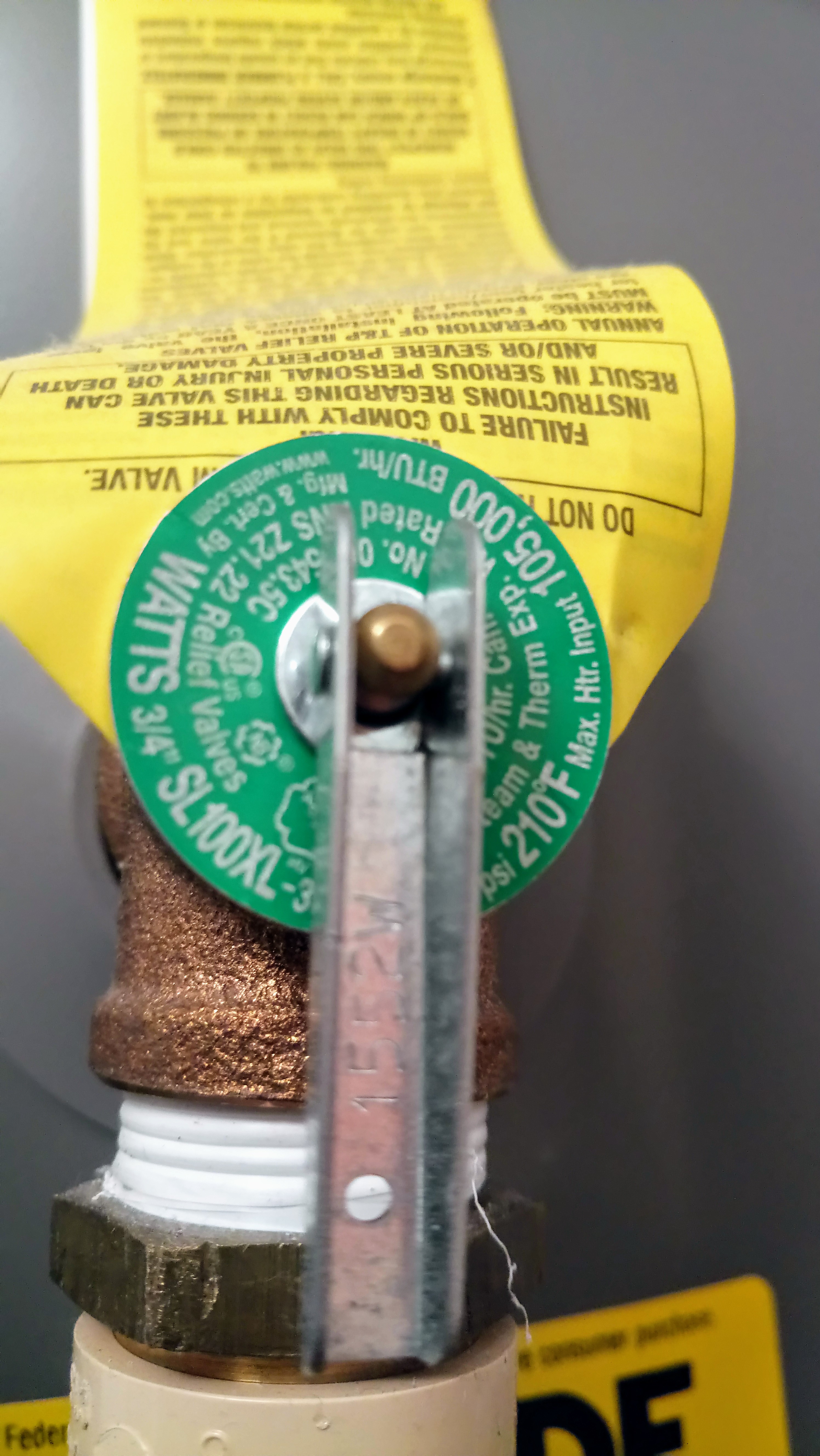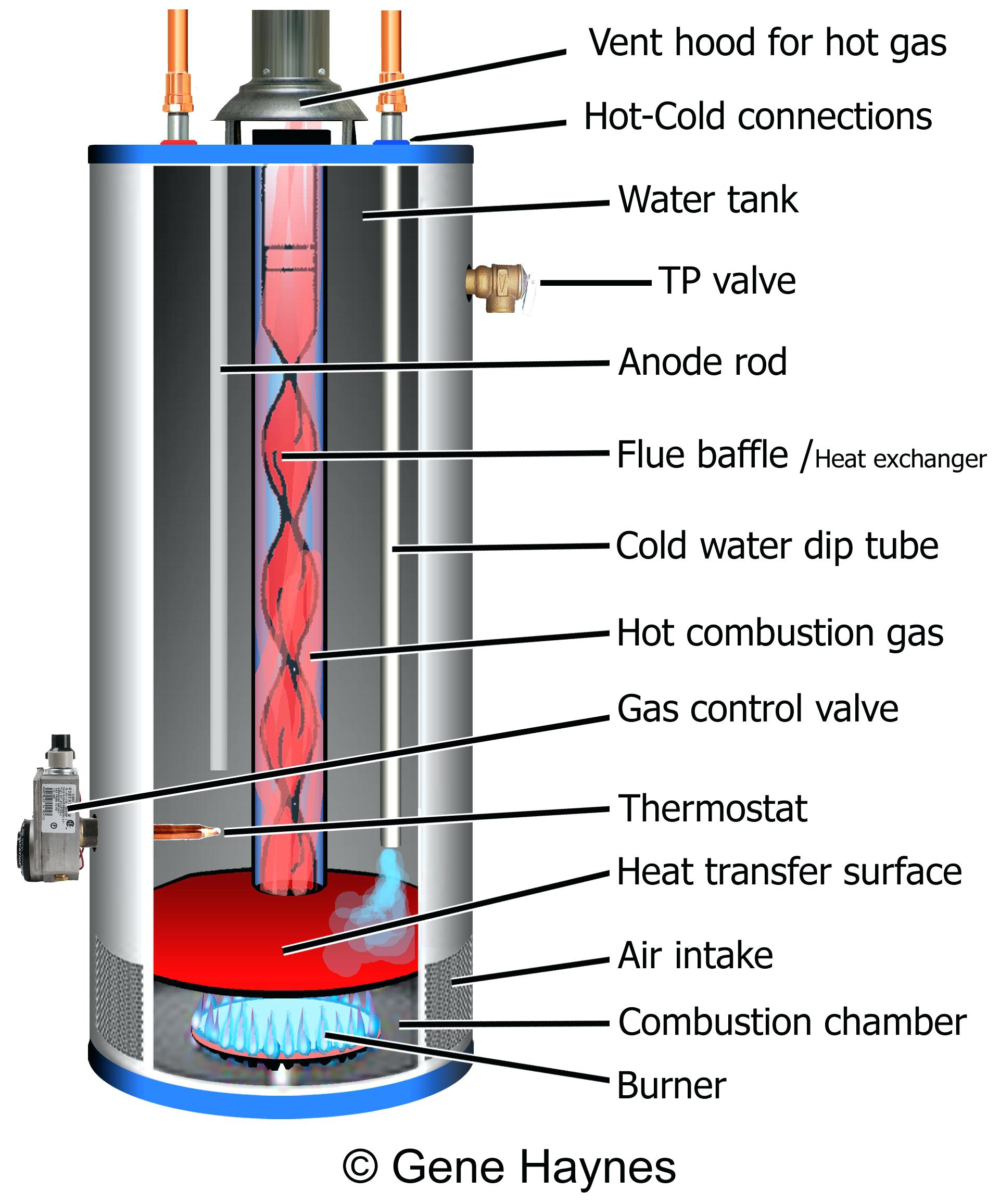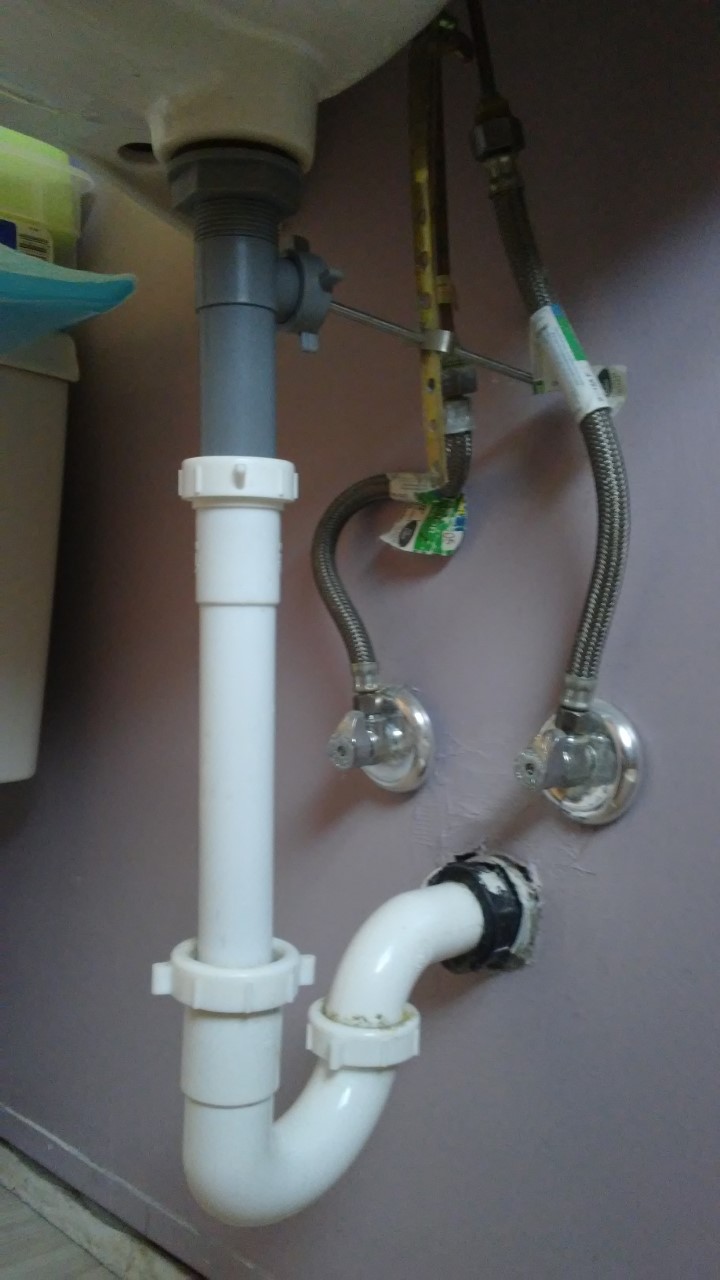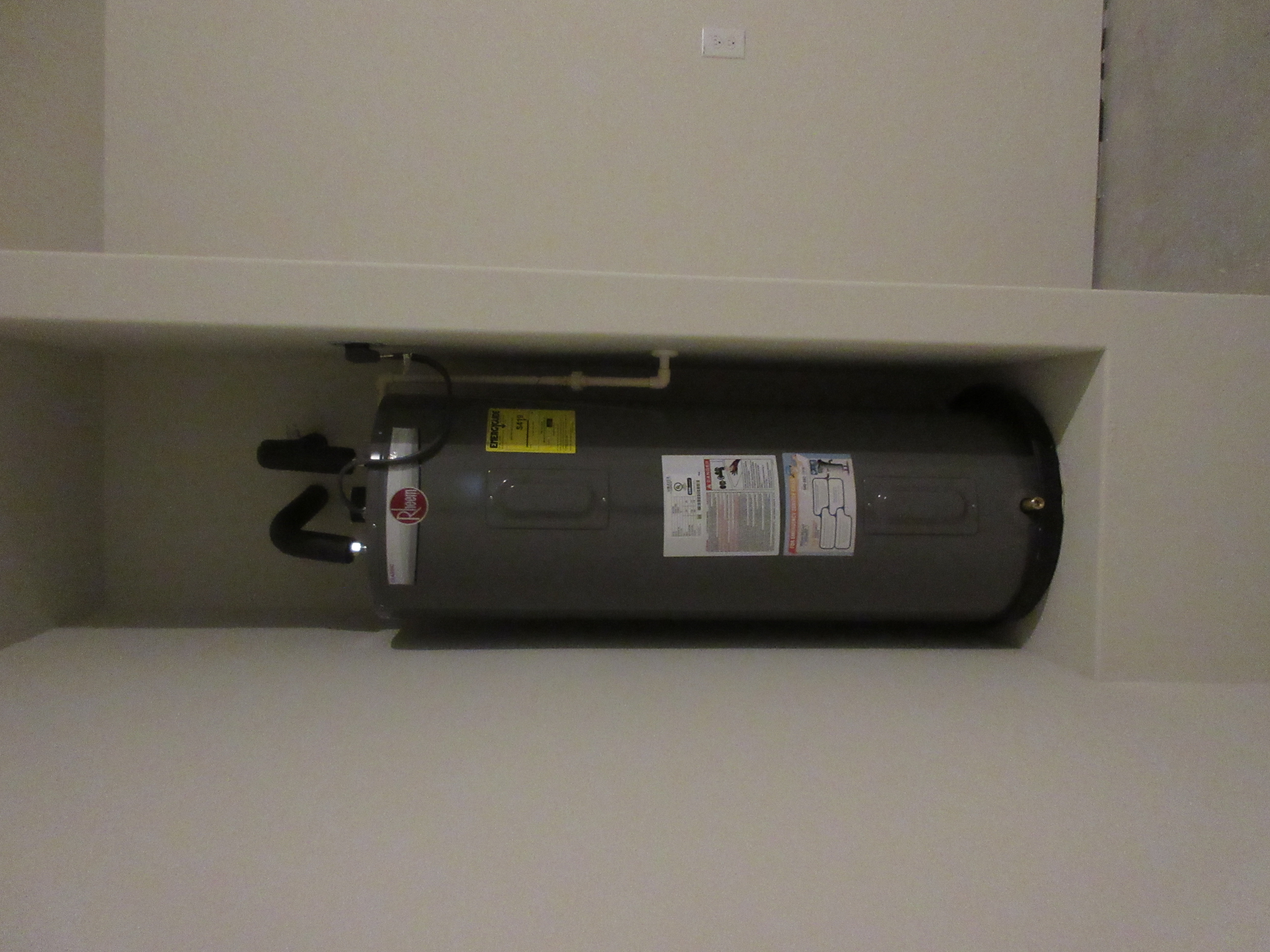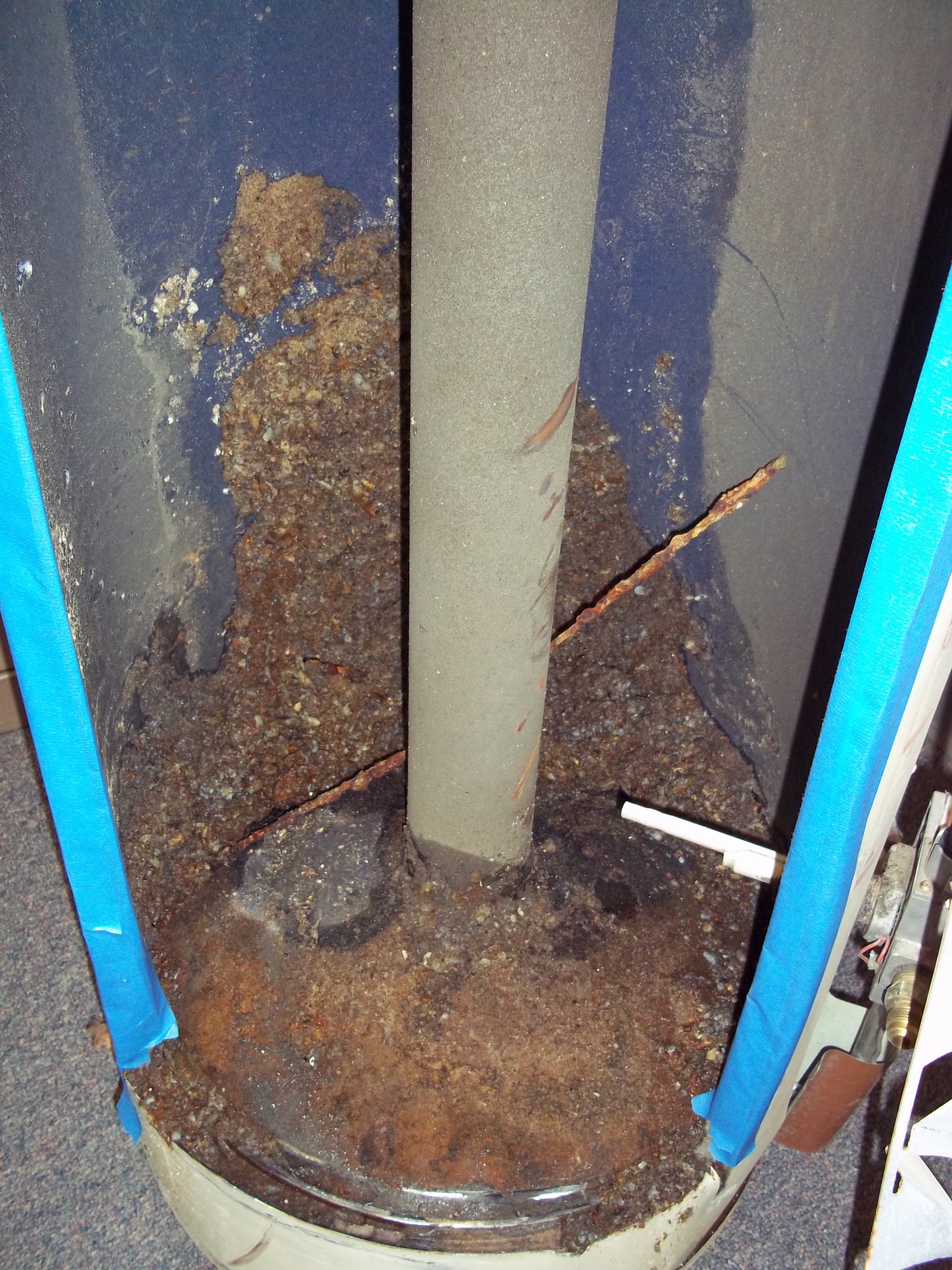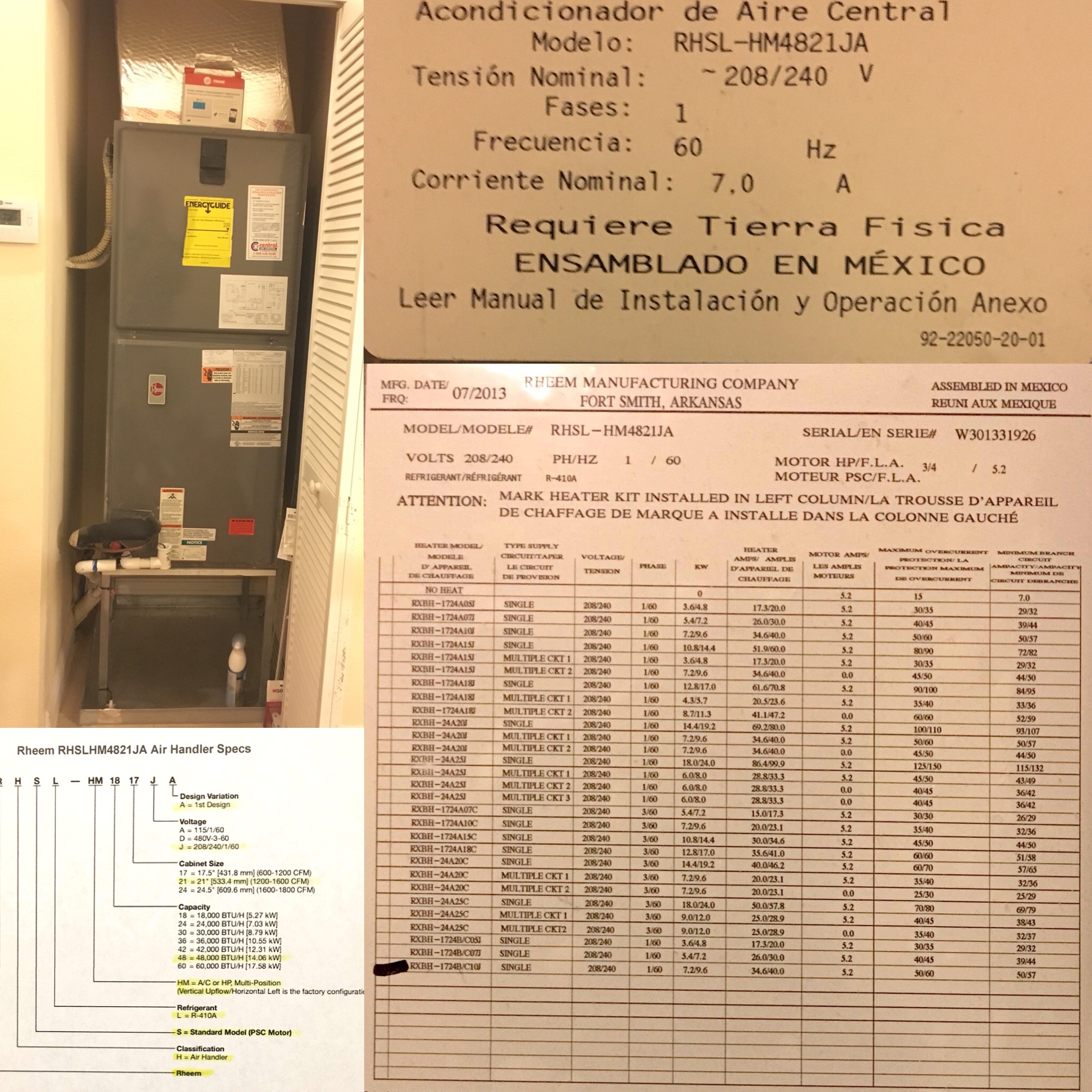Research & Writing Assignment:
Water Heater Expansion Tanks
What is an expansion tank?
An expansion tank is a metal tank connected to a buildings water heating appliance designed to accommodate fluctuations in the volume of a buildings hot water supply system. These fluctuations occur because water expands in volume as it gets hot and loses volume as it cools.
Expanding water volume in a closed system can create dangerously high water pressure. As water is forced into the tank by expansion, it compresses air contained inside of a rubber bladder. Air is used as a cushion because it exerts less force on its container than water, which cannot be compressed.
The function of this bladder is to prevent air from becoming absorbed into the water, a process that could cause the expansion tank to lose its ability to act as a sort of shock absorber. If, over time, the bladder begins to leak some air, a Schrader valve, identical to the fill valve found on bicycle and car tires, can be used to add more air.
Whats a closed plumbing system?
Homes have either closed or open plumbing systems. In a closed plumbing system, water cant flow back into the city water lines once it enters your homes plumbing.
If no expansion tank present, a closed system doesnt give expanded water any route for escape, causing damage to your homes water heater and plumbing.
When water is heated inside your water heater, it expands. This is called thermal expansion. The cold water in a standard 50-gallon water heater expands to 52 gallons when heated to 120F. That extra water volumeraises the pressure in your water heater to dangerous levels.
So how does that extra pressure affect your water heater? Think of thermal expansion in your water heater as bending a paperclip back and forth. Eventually, the paperclips breaks, right?
The same thing happens to your water heater. Your water heater tank isnt designed to expand and contract to accommodate for thermal expansion and will eventually burst. Thats where an expansion tank comes into play.
How do I know if I have a closed plumbing system?
If your home has any kind of backflow prevention device installed on your homes main water line, your home has a closed plumbing system.
These backflow prevention devices stop the water from flowing out of your homes plumbing and back into the municipal water lines.
Where to look:
Backflow prevention devices are always connected to your main water shutoff valve.
Note: Dont have a backflow prevention device? Then you have an open plumbing system, which allows water to flow back into the citys water lines as it expands, preventing high water pressure situations. While expansion tanks arent required for open water systems, you could still benefit from one.
What does expansion tank looks like ?
Expansion tanks are considerably smaller than water heaters, usually holding about two gallons in residential systems, although tank sizes vary in relation to the water volume of the hot water supply system they serve. The design pressure for which a tank is rated is marked on a label on the tank, commonly 150 pounds per square inch (PSI) for a residential tank.
Inspectors should check that tanks are positioned high enough above the water heater that water will easily drain back down into the water heater tank. It is best positioned near the water heater and may be installed vertically, either above or below the horizontal supply pipe, but can also be positioned horizontally. Horizontally-hung tanks will need additional support to reduce the stress on the copper piping.
The expansion tank should be inspected for proper location and support, corrosion and leakage.
Expansion tanks are not a Substitute for a Temperature Pressure Relief (TPR) Valves.
If water heater controls fail and pressure in the system exceeds 150 PSI, or temperature exceeds 210 F, the TPR valve will open, safely discharging water from the system. TPR valves are capable of reducing water pressure at a rate greater than the capacity of the water heater to raise it. It is important that it is examined periodically for rust or corrosion, and recommended that the release lever should be exercised monthly by the homeowner.
If a TPR valve fails to operate the pressure will continue to build in the water heater tank as water temperature rises past the boiling point and water becomes superheated, until tank rupture. Superheated water (greater than 212 degrees) in contact with the air will cause an instantaneous and explosive expansion of steam, causing extensive property damage, personal injury or death.


